What is Japanese Curry Rice??
Japanese curry rice (kare raisu) is one of Japan’s most beloved comfort foods. Known for its rich, thick curry sauce poured over steamed white rice, it differs significantly from Indian or Thai curries. Japanese curry has a mild flavor with a hint of sweetness, making it enjoyable for people of all ages. It’s a staple in Japanese households, school lunches, and casual restaurants, earning its place as a national favorite.
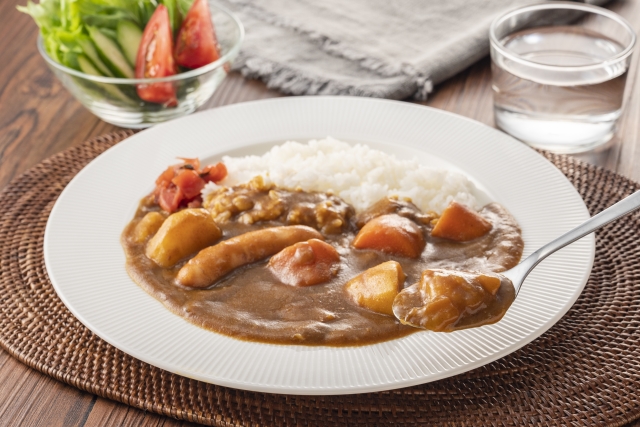
Characteristics of Japanese Curry Rice
Mild and flavorful: Japanese curry is less spicy than other curries and features a rich, savory flavor with a slightly sweet undertone.
Thick texture: The curry sauce has a gravy-like consistency, achieved by using a roux made from flour, butter, and curry spices.
Varied ingredients: Common ingredients include meat (beef, pork, or chicken), potatoes, carrots, and onions, but seafood or plant-based options are also popular.
Easy to prepare: With the availability of pre-made curry roux, it’s quick and simple to make at home, which is why it’s a go-to meal for busy families.
Popular Types of Japanese Curry Rice

The most basic style, with curry sauce poured over steamed white rice. Usually served with pickled condiments like fukujinzuke or rakkyo.
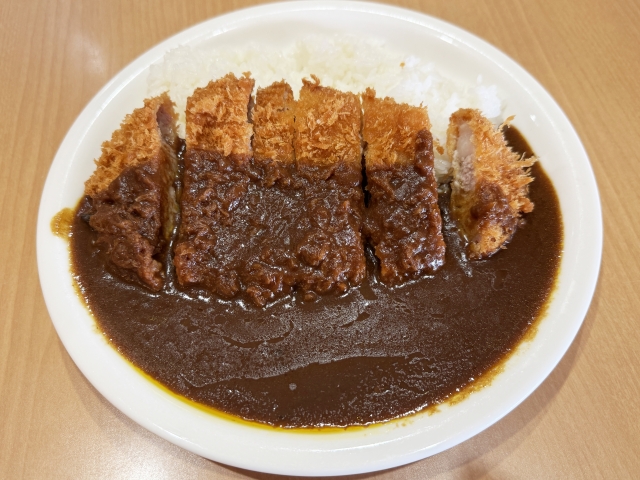
A hearty version topped with crispy, deep-fried pork or chicken cutlet, adding extra texture and flavor.
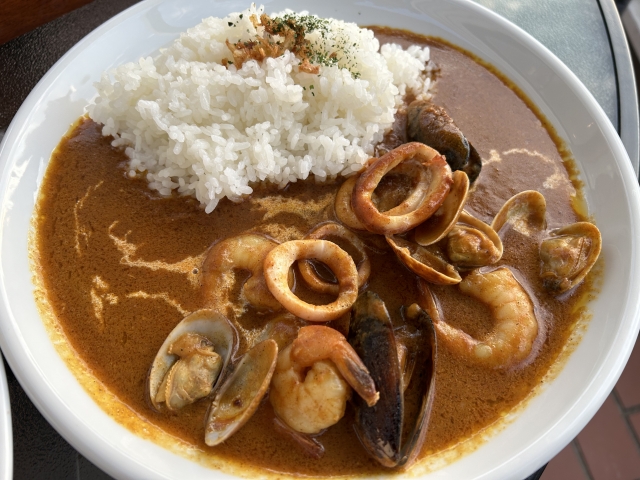
Made with shrimp, squid, scallops, or other seafood, this curry offers a distinct oceanic taste.
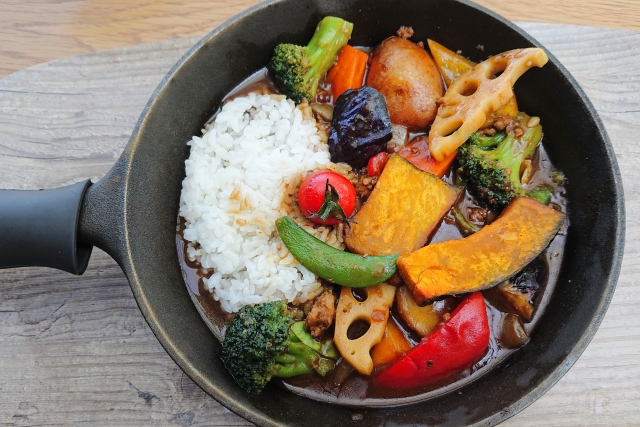
A lighter option featuring seasonal vegetables such as eggplant, bell peppers, or broccoli.
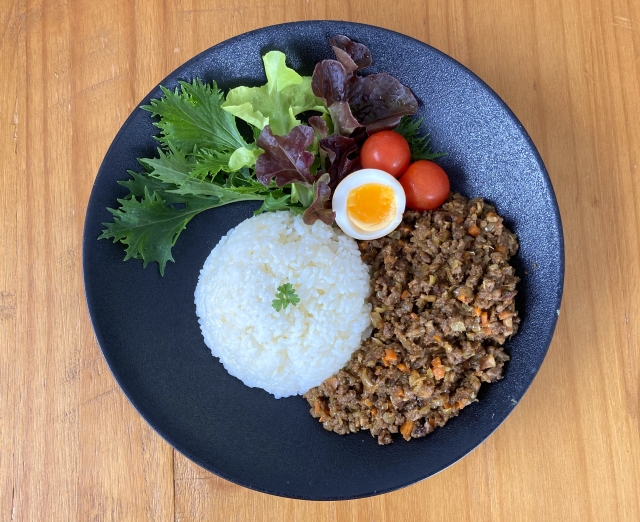
A stir-fried version where ground meat and vegetables are cooked with curry spices, resulting in a drier consistency.
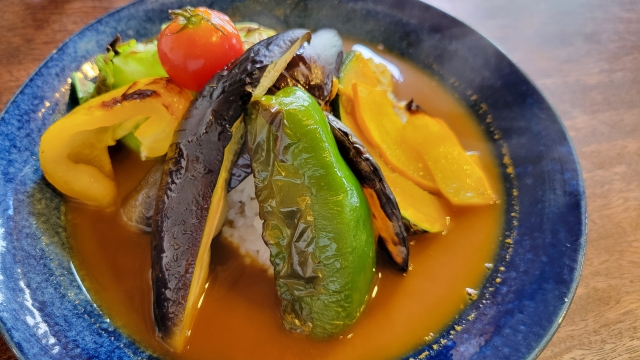
Originating in Hokkaido, this variation has a thinner, soup-like consistency with large chunks of meat and vegetables. The rice is typically served on the side.
How to Make Japanese Curry Rice (Basic Recipe)
- Prepare ingredients: Cut meat and vegetables into bite-sized pieces.
- Cook the ingredients: Sauté them in a pot and simmer with water or broth.
- Add curry roux: Stir in store-bought curry roux until it dissolves and thickens the sauce.
- Serve: Ladle the curry over steamed white rice, and it’s ready to enjoy!
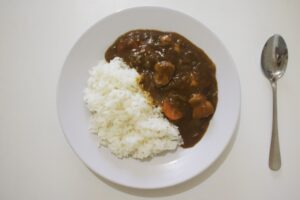
Side Dishes and Toppings to Enjoy with Japanese Curry Rice
Japanese curry rice becomes even more delightful with a variety of side dishes and toppings that enhance its flavors.
Side Dishes
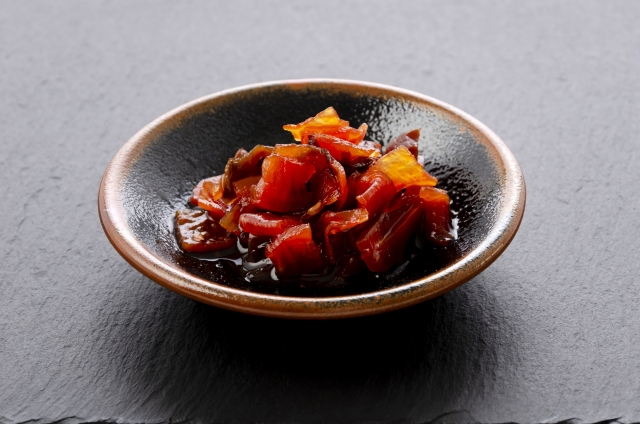
A sweet and tangy pickled relish that complements the rich flavor of the curry.
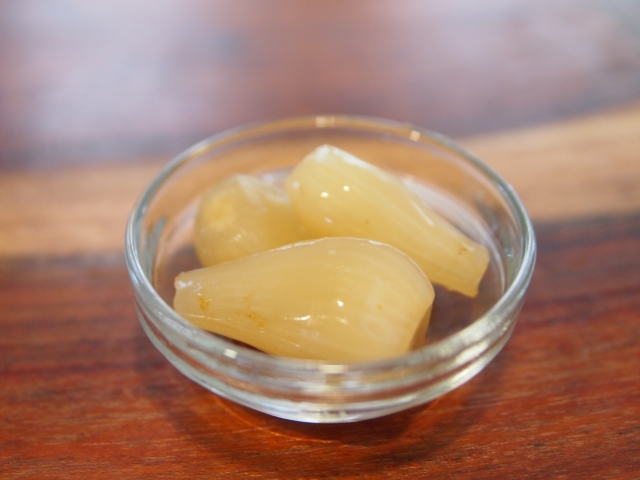
Crunchy pickled shallots with a refreshing sweet and sour taste.
Toppings
- Fried Items: Adding cutlets (katsu) or fried chicken (karaage) brings a hearty touch to the dish.
- Fried Egg: A soft, runny yolk blends beautifully with the curry, adding a creamy texture.
- Cheese: Melted cheese adds richness and a creamy touch, making it a favorite among both kids and adults.
- Fried Vegetables: Colorful vegetables like pumpkin, eggplant, and bell peppers add a vibrant and appetizing look to the curry.
The History of Japanese Curry
Japanese curry was introduced in the late 19th century via the British Navy and became popular as a Western-style dish. By the 20th century, curry had evolved into a staple of Japanese home cooking, thanks to the invention of ready-made curry roux. It also became a mainstay in school lunches, solidifying its place in Japanese food culture. Regional variations like Kanazawa Curry and Yokosuka Navy Curry highlight the diverse ways this dish has been adapted across Japan.
Nutrition and Health Tips
Balanced meal: Curry rice is a well-rounded dish, combining protein, vegetables, and carbohydrates. Pairing it with a fresh salad or soup can enhance its nutritional value.
Adjustable spiciness: Curry roux comes in different spice levels, from mild to spicy, so you can choose based on your preferences.
Watch the sodium and fat: While delicious, curry can be high in salt and fat. Eating it with lighter sides can help balance the meal.
Cultural Significance of Japanese Curry Rice
Japanese curry rice is more than just a meal—it’s a cultural experience. It’s served everywhere, from homes to restaurants and even in school cafeterias. Many regions in Japan take pride in their unique curry recipes, and festivals or events dedicated to curry are not uncommon.
Comments